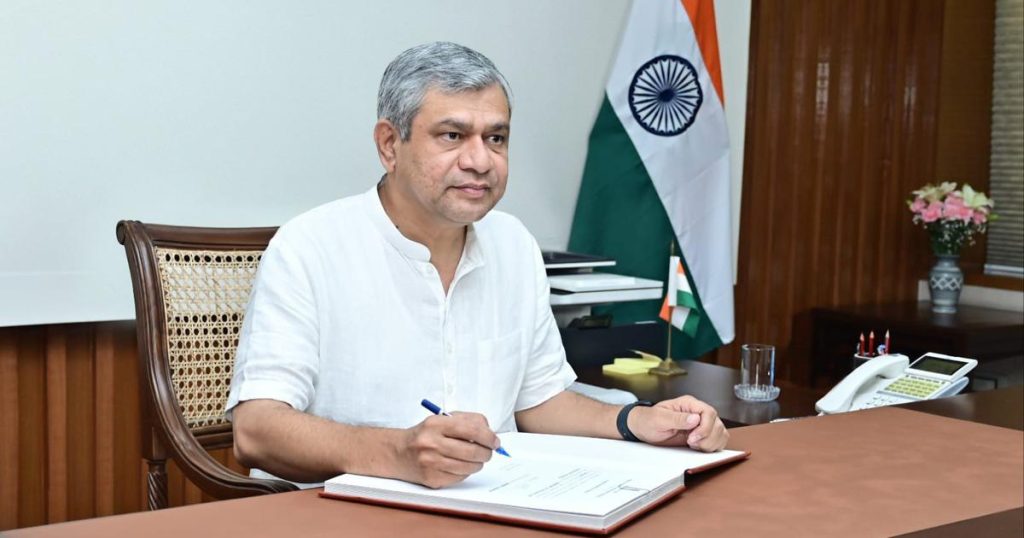Context:
On 3rd October, 2024, the Union Cabinet approved classical language status for Marathi, Bengali, Assamese, Pali, and Prakrit.
More on the News
- The approval for classical status highlights the government’s commitment to preserving India’s linguistic heritage.
- The announcement coincides with Durga Puja, a major festival in West Bengal, further emphasizing the cultural significance of the Bengali language.
- This initiative will directly benefit the main states of the language namely Maharashtra (Marathi), Bihar, Uttar Pradesh and Madhya Pradesh (Pali and Prakrit), West Bengal (Bengali) and Assam (Assamese). Further, the broader cultural and educational impact of inclusion will spread nationally and internationally.
Classical Languages Status in India
- India has now a total of eleven Classical Languages, namely –
Tamil, Sanskrit, Kannada, Telugu, Malayalam Odia, Marathi, Bengali, Assamese, Pali, and Prakrit. - In October 2004, the government issued a notification for the first time classifying languages as “classical languages”.
- Also, a Linguistic Experts Committee (LEC) under Sahitya Akademi was constituted by the Ministry of Culture in Nov 2004 to examine the proposed languages for the status of Classical Language.
- Tamil was declared a classical language in 2004, Sanskrit in 2005, Kannada and Telugu in 2008, Malayalam in 2013, and Odia in 2014.
Criteria for Classical Language Status
The criteria for bestowing classical status was revised by the Linguistics Experts Committee, chaired by the Sahitya Akademi, in a meeting in July this year. The new criteria are –
- High antiquity of early texts/recorded history over a period of 1500- 2000 years.
- A body of ancient literature/texts, which is considered a valuable heritage by generations of speakers.
- Knowledge texts, especially prose texts in addition to poetry, epigraphical and inscriptional evidence.
- The Classical Languages and literature should be distinct from its current form with possible discontinuity between classical and later versions or offshoots.
Benefits of Classical Language Status
- International Recognition: Classical language status brings two major annual international awards for scholars of eminence in classical Indian languages, enhancing their global prestige.
- Dedicated Research Centers: The government establishes Centres of Excellence for Studies in each classical language, promoting in-depth research and preservation efforts.
- Academic Integration: The University Grants Commission is requested to create a certain number of Chairs for classical languages in Central Universities, fostering academic expertise.
- Financial Support: Significant funding is allocated for the promotion of classical languages. For instance, ₹643.84 crore was spent on Sanskrit promotion over three years.
- Employment generation: The inclusion of these languages as classical languages will create significant employment opportunities, especially in academic and research sectors.
Furthermore, the preservation, documentation, and digitization of ancient texts will generate jobs in archiving, translation, publishing, and digital media.
Promotion of Classical Languages
- The Central Institute of Classical Tamil (CICT) is responsible for the development and promotion of Tamil.
- The Central Institute of Indian Languages (CIIL), promotes Kannada, Telugu, Malayalam, and Odia, which are four of India’s classical languages.
It was established by the Government of India on July 17, 1969, in Mysuru. Operating under the Ministry of Education, it has become a leading institute for language development over the past five decades.
- For the promotion of Sanskrit, three Central Universities were established in 2020 through an Act of Parliament.

